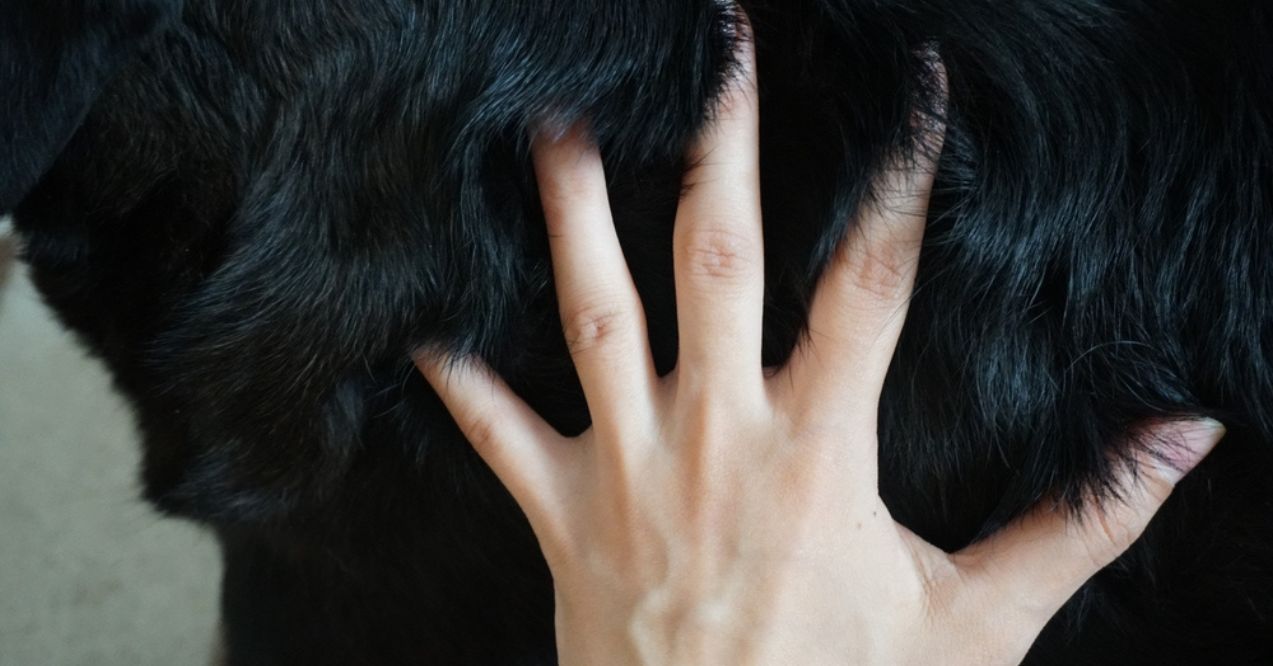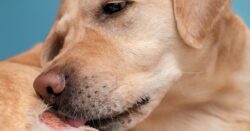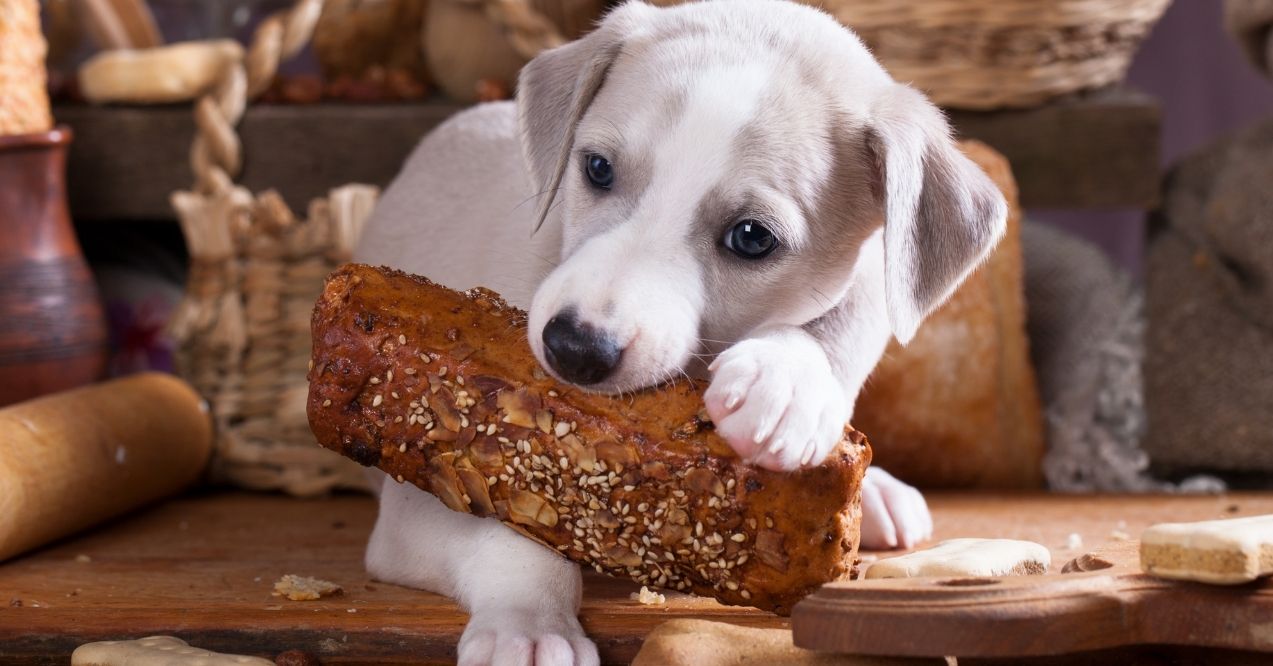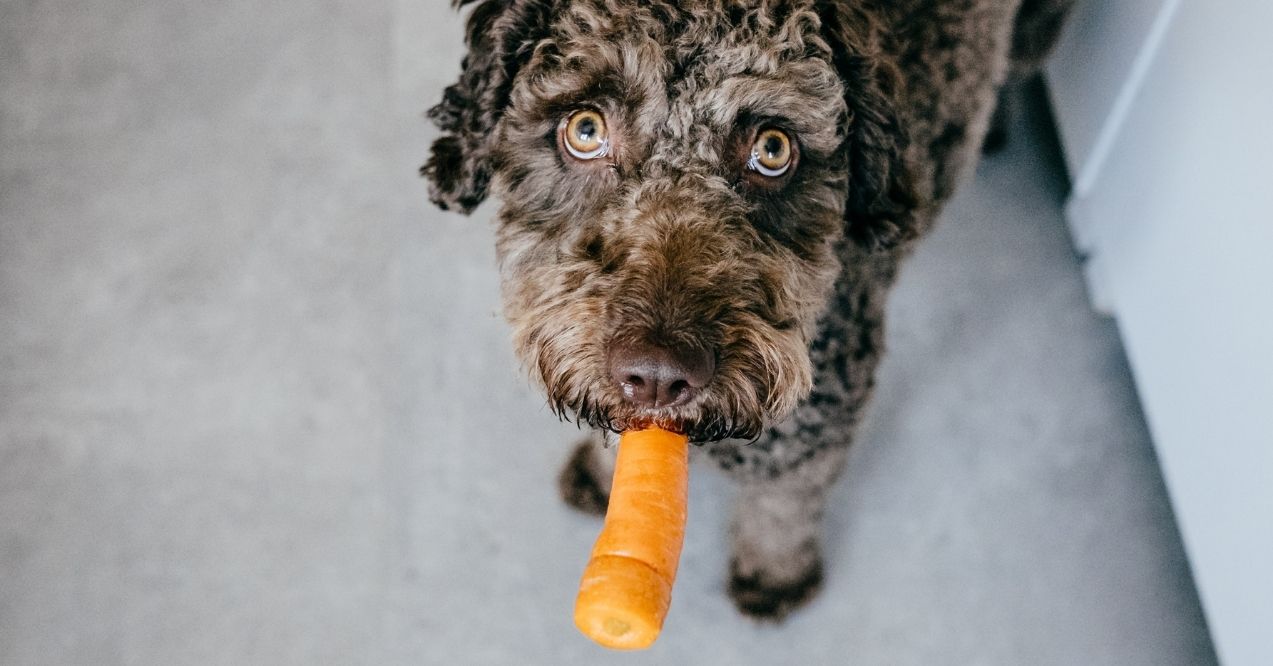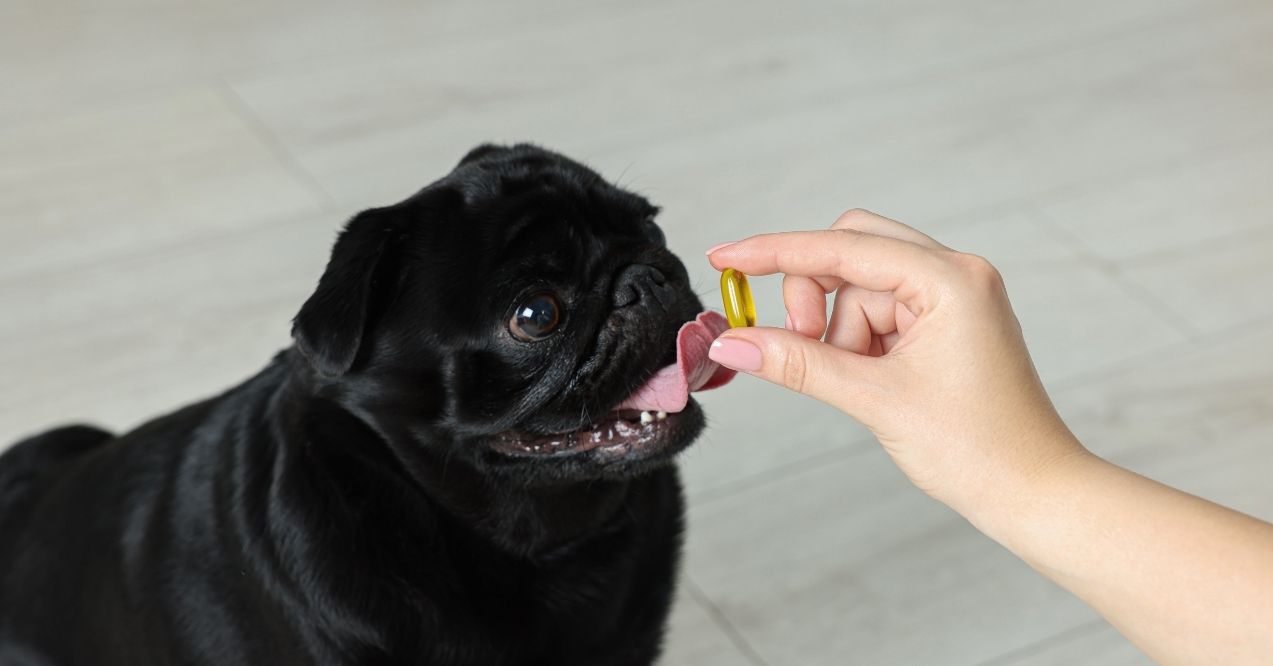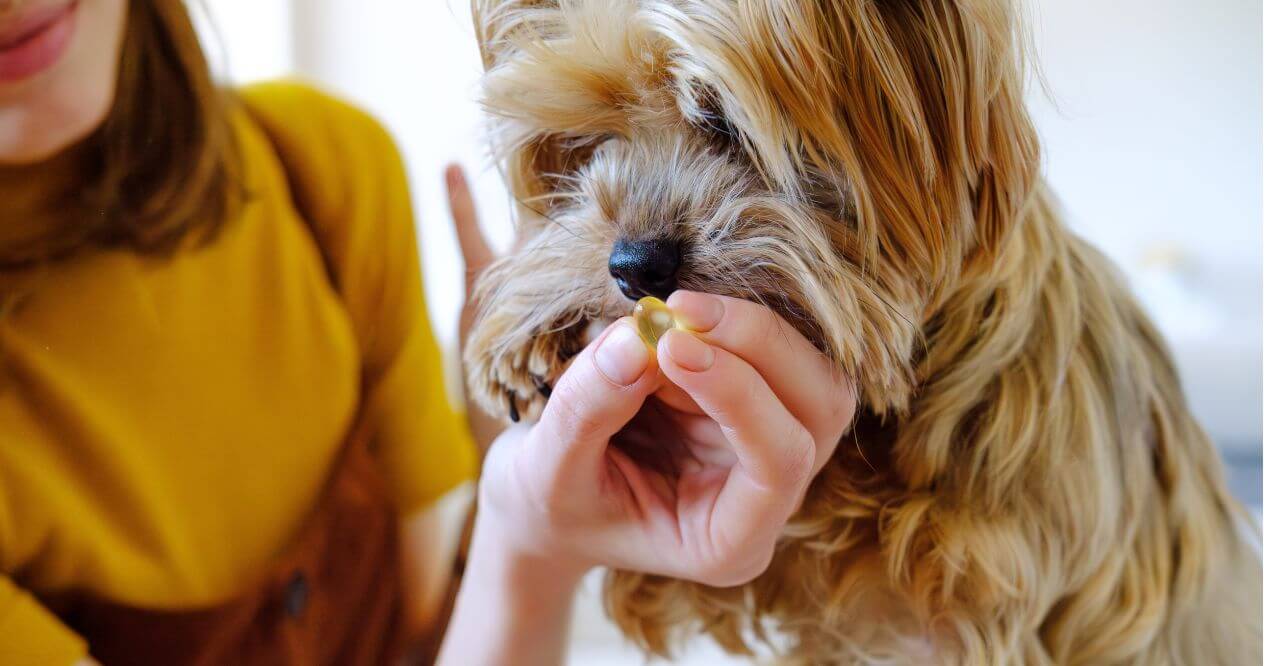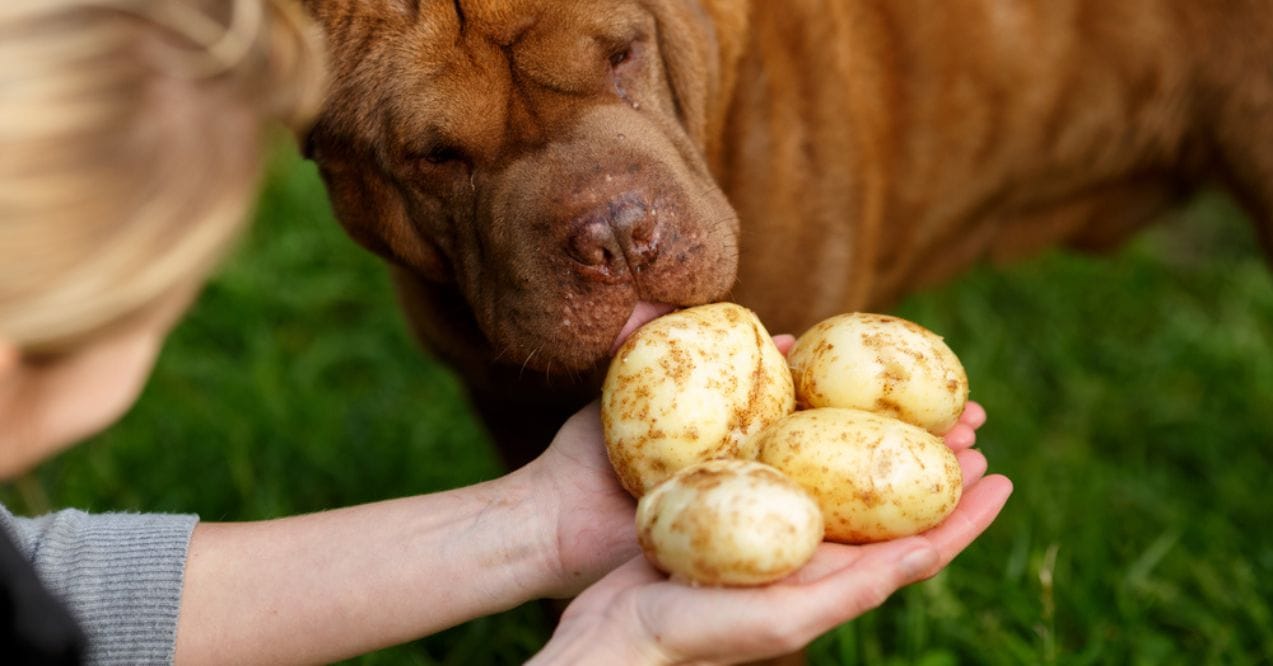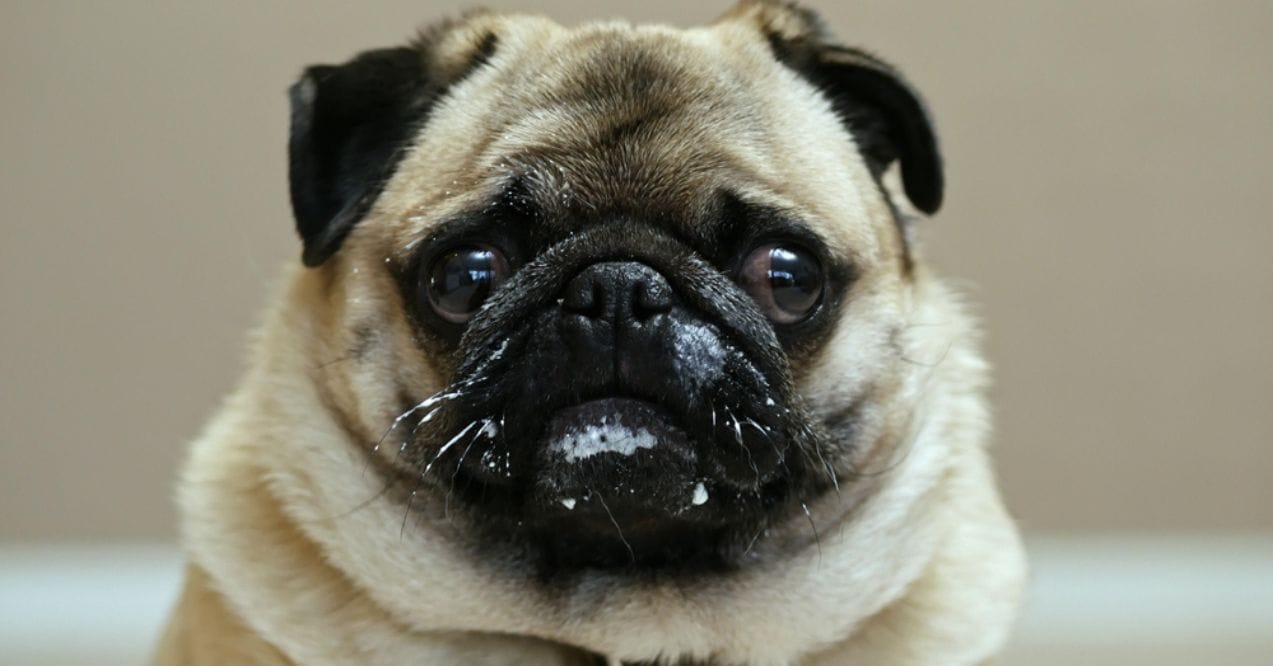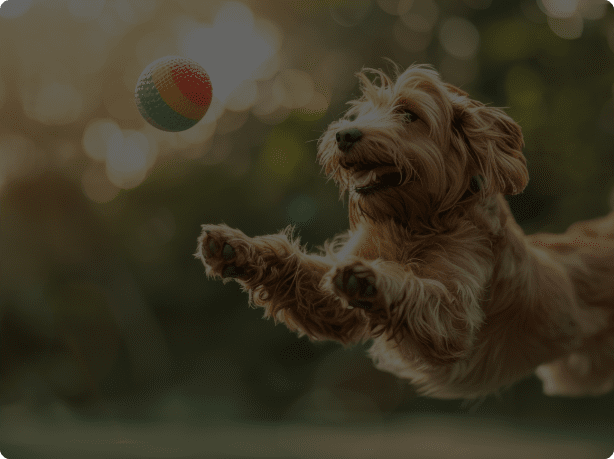How to Make a Dog’s Coat Shiny?
Understanding how to make a dog’s coat shiny is essential for any pet owner who wishes to see their furry friend at their healthiest. A shiny coat is not just a matter of aesthetics; it is a reflection of your dog’s overall health and well-being. Achieving that enviable luster involves a multifaceted approach that goes beyond simple grooming practices. It encompasses a range of factors including nutrition, grooming techniques, and lifestyle considerations.
This blog post will explore various strategies and tips to enhance your dog’s coat, providing insights into the science behind coat health and practical steps you can take to support your dog’s natural radiance.
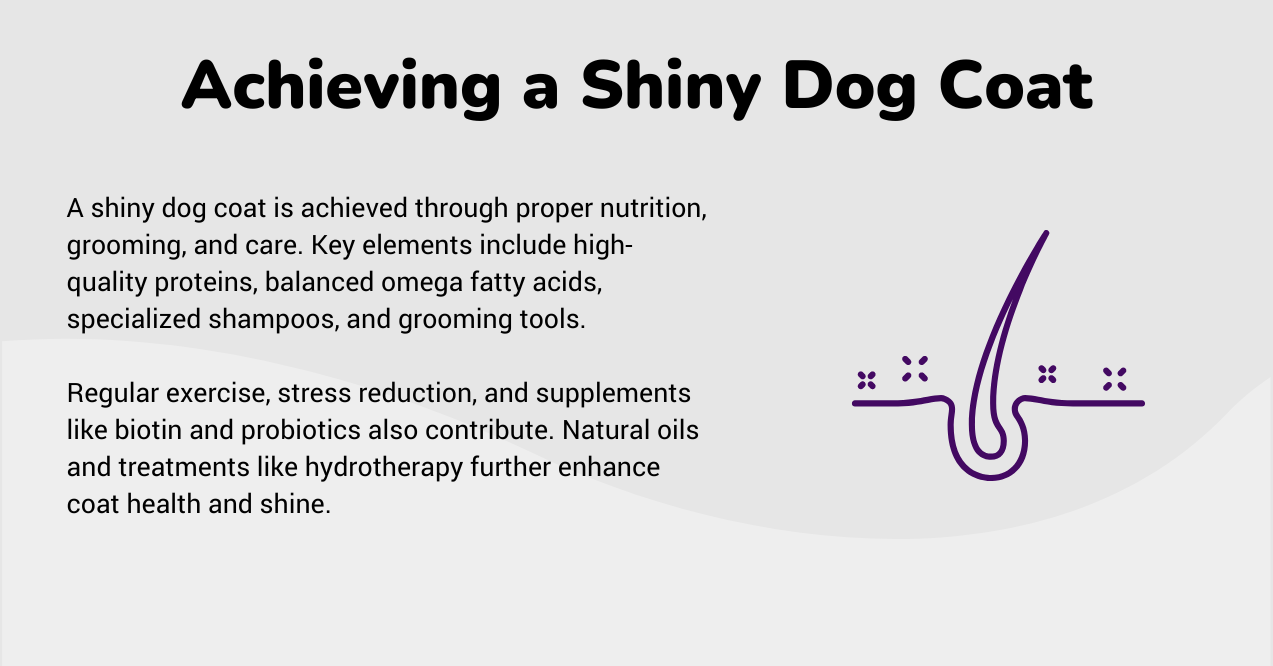
What Makes a Dog’s Coat Shiny?
How to make a dog’s coat shiny? In essence, achieving a shiny coat on dogs is a multi-faceted endeavor that involves proper nutrition, grooming, and overall care. Here are key elements that play a crucial role in maintaining a lustrous and healthy coat, ensuring that your dog’s coat looks vibrant and shiny:
High-Quality Proteins and Amino Acids
High-quality proteins are fundamental to maintaining a shiny coat on dogs. Proteins provide the building blocks for hair growth and repair, with specific amino acids like methionine and cysteine being particularly vital. These amino acids support the production of keratin, the protein that makes up hair. Incorporating lean meats such as chicken, turkey, and fish into your dog’s diet ensures they receive these essential amino acids.
Balanced Omega Fatty Acids
Omega-3 and Omega-6 fatty acids are also important elements for healthy skin and coat. An optimal balance of these fatty acids helps to reduce pro-inflammatory markers, maintain skin elasticity, and promote a shiny coat. Sources of Omega-3 fatty acids include fish oil, krill oil, and chia seeds, which help to keep the coat vibrant. Omega-6 fatty acids, found in sources like poultry fat and sunflower oil, are also essential but should be balanced with Omega-3 intake to avoid potential health issues. When choosing supplements, opt for high-quality products with verified purity to ensure the best results if your dog’s coat looks dull.
Advanced Brushing Tools and Techniques
Understanding how to make dog coat shiny involves more than just regular brushing. Utilizing advanced grooming tools like deshedding brushes can significantly improve coat health. Deshedding brushes are designed to remove loose hair and undercoat effectively, reducing shedding and preventing mats and tangles. For best results, brush against the direction of hair growth. This technique not only removes loose fur but also stimulates the hair follicles, promoting healthy growth and a shinier coat. Regular use of these tools helps distribute natural oils throughout the coat, enhancing its luster.
Hydrotherapy and Spa Treatments

Hydrotherapy and professional spa treatments offer luxurious ways to improve your dog’s coat health. Hydrotherapy involves water-based exercises that can improve circulation and overall skin health, contributing to a shinier coat. Spa treatments, such as deep conditioning baths and massages, can also enhance coat appearance by moisturizing and rejuvenating the skin and fur. These treatments not only provide relaxation but also support coat vitality and shine, making them a valuable addition to your dog’s grooming routine.
Specialized Shampoos and Conditioners
Specialized shampoos and conditioners play a crucial role in what makes a dog’s coat shiny. Products formulated with natural ingredients such as aloe vera and oatmeal may provide moisturizing benefits while being gentle on the skin. Hypoallergenic shampoos are ideal for dogs with sensitive skin, ensuring a clean coat without irritation. When selecting grooming products, opt for those free from harsh chemicals and artificial fragrances to maintain the natural shine and health of your dog’s coat. Using the right shampoos and conditioners regularly can significantly enhance the coat’s texture and gloss.
Micronutrients and Phytochemicals
Micronutrients such as vitamins and minerals are also indispensable for coat health. Vitamin B7 (Biotin) supports hair growth and overall coat condition, while Vitamin D contributes to healthy skin. Essential minerals like zinc and copper are vital for maintaining the integrity of the coat and preventing issues such as hair loss or a dull appearance. Phytochemicals, which are natural compounds found in plants, also play a role in enhancing coat health. Blueberries and spinach, rich in antioxidants, help protect the skin and coat from damage and improve their overall appearance.
Coconut Oil and Beyond
Coconut oil is a popular natural option for enhancing a dog’s coat. Rich in medium-chain fatty acids, coconut oil provides deep moisturizing and can help reduce skin irritations. To apply, simply rub a small amount of coconut oil between your hands and gently massage it into your dog’s coat and skin. Other beneficial oils include argan oil, known for its high vitamin E content and antioxidant properties, and hemp oil, which is rich in essential fatty acids that promote healthy skin and coat. These oils can be applied topically or added to your dog’s diet for internal benefits, contributing to a healthier and shinier coat.
Optimized Exercise Regimens
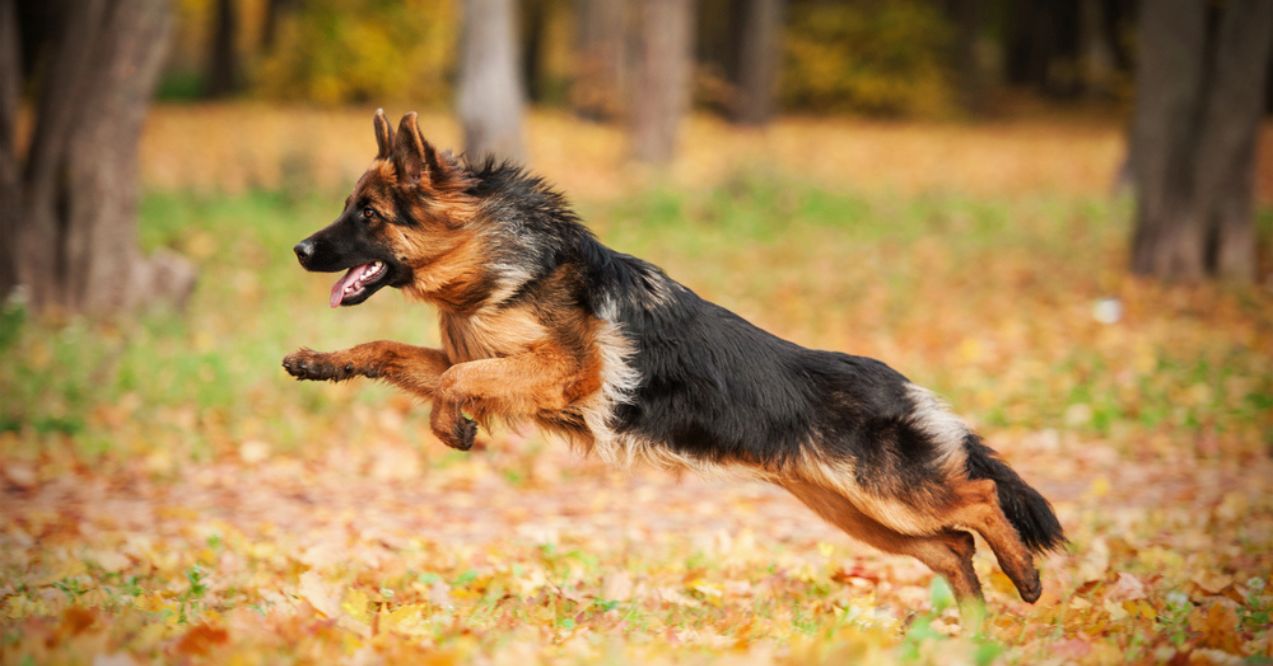
Exercise plays a significant role in overall health and coat condition. Regular physical activity improves circulation, ensuring that nutrients are effectively delivered to the skin and coat. Activities like swimming provide low-impact exercise that promotes cardiovascular health and muscle tone, contributing to a shinier coat. Agility training, which includes activities like jumping and running through obstacle courses, not only provides physical benefits but also stimulates mental health, further supporting overall well-being and a healthy coat.
Probiotics and Digestive Health
Understanding what makes a dogs coat shiny often leads back to overall health, including gut health. A balanced digestive system ensures that your dog absorbs all the necessary nutrients to maintain a healthy coat. Probiotics and prebiotics support this balance by promoting healthy gut bacteria. Adding probiotic supplements or foods like yogurt to your dog’s diet can improve nutrient absorption, leading to a shinier coat. Prebiotics, found in foods like bananas and asparagus, feed these beneficial bacteria, further enhancing digestive health and, consequently, coat health.
Innovative Supplements
Innovative supplements are also vital while learning how to get shiny dog coat. Biotin chews support skin and coat health by providing essential B vitamins. Marine collagen supplements can improve coat strength and shine due to their high amino acid content. Astaxanthin, a powerful antioxidant found in algae, helps protect the skin and coat from environmental damage. Including these supplements in your dog’s diet can provide the extra boost needed for a glossy, healthy coat.
Stress Reduction Techniques
Stress can negatively impact a dog’s coat, making it dull and lifeless. Reducing stress through various techniques is essential for maintaining a shiny coat. Aromatherapy, using dog-safe essential oils like lavender, may promote relaxation. Regular massages not only reduce stress but also improve circulation and stimulate the skin. Creating a calm environment and maintaining a consistent routine can also alleviate stress, contributing to a healthier and shinier coat.
Conclusion
How to make a dog’s coat shiny involves a combination of proper nutrition, grooming, and overall care. A balanced diet rich in proteins, omega fatty acids, and micronutrients, along with regular grooming and specialized shampoos, can significantly enhance your dog’s coat health. Incorporating coconut oil, probiotics, and stress-reduction techniques into your dog’s routine further promotes a vibrant and shiny coat. By addressing both internal and external factors, you can ensure your dog’s coat remains glossy and healthy, reflecting their overall well-being.
To promote a shiny coat, feed your dog high-quality proteins like lean meats and fish, sources of Omega-3 and Omega-6 fatty acids such as fish oil and chia seeds, and nutrient-rich foods including blueberries and spinach.
A healthy dog’s coat is shiny, smooth, and free of mats or tangles. It should feel soft to the touch and show no signs of excessive shedding, dandruff, or bald spots. The skin underneath should be clean and clear.
You should brush your dog’s coat at least once a week. For dogs with long or thick fur, more frequent brushing, such as 2-3 times a week, can help prevent matting and promote a healthy, shiny coat.
The best foods for a shiny coat include lean meats (chicken, turkey), fish rich in Omega-3 fatty acids (salmon, mackerel), and nutrient-dense options like eggs, sweet potatoes, and blueberries. Supplements like fish oil and flaxseed oil are also beneficial.
Advertisement. This site offers health, wellness, fitness and nutritional information and is designed for educational purposes only. You should not rely on this information as a substitute for, nor does it replace, professional medical advice, diagnosis, or treatment. If you have any concerns or questions about your health, you should always consult with a physician or other health-care professional. Do not disregard, avoid or delay obtaining medical or health related advice from your health-care professional because of something you may have read on this site. The use of any information provided on this site is solely at your own risk.
